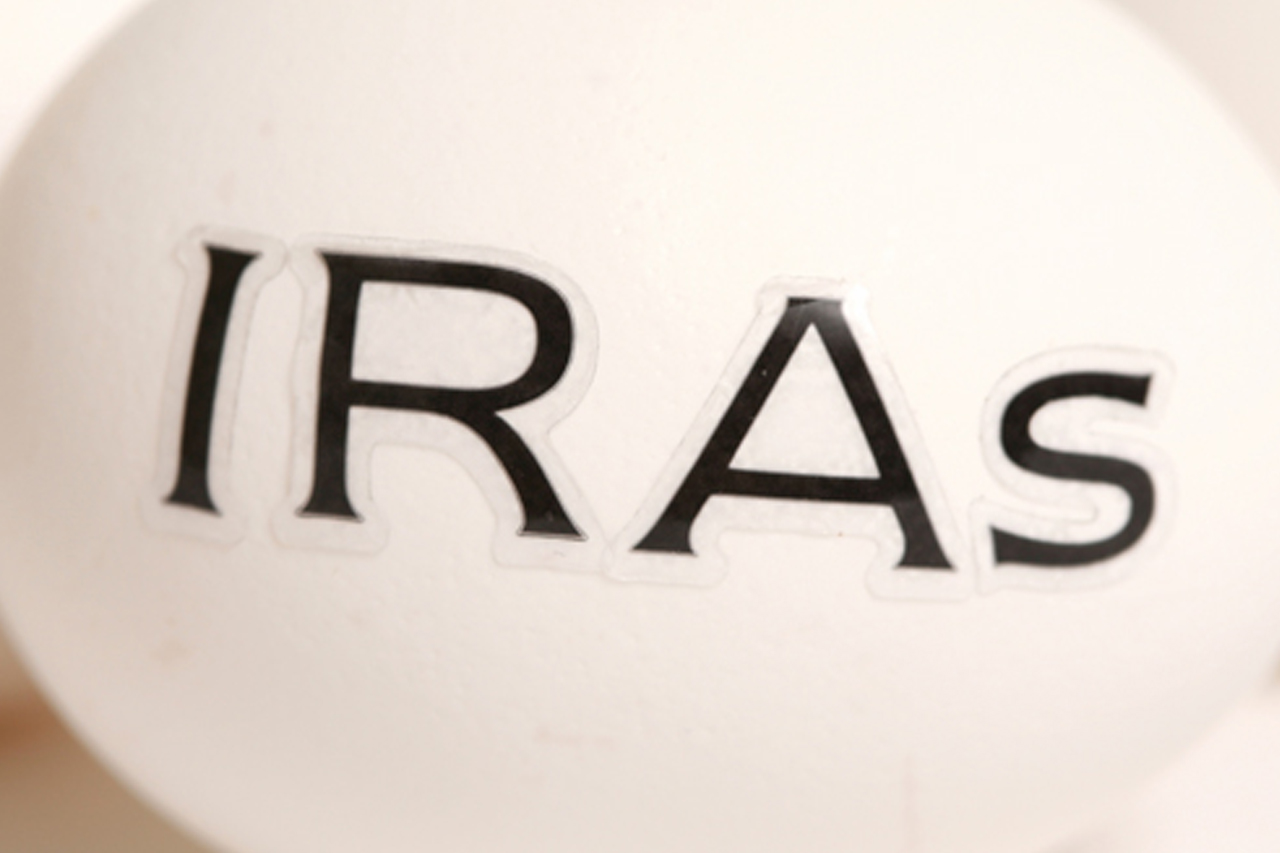Thinking about converting your current IRA into a self-directed IRA (SDIRA)? It pays to know what advantages and disadvantages an SDIRA offers.
Both an IRA and an SDIRA offer the same tax advantages, whether it’s a Roth IRA or a traditional IRA. They are also both limited by the same regulations from the IRS. The difference mainly lies in the investment options available between the two and the role of the account owner.
While an SDIRA offers abundant investment options, it also comes with considerably more risk and requires more labor.
An SDIRA is not recommended for everyone. For those with the skills to navigate around different asset classes, an SDIRA is the perfect investment to diversify your retirement portfolio and gain high yields on investments.
Let’s explore the differences between an IRA and SDIRA to see which is right for you.
IRA vs. Self-Directed IRA: Ownership Roles
Most IRAs are managed by a brokerage firm that makes investment decisions on behalf of the owner. These IRAs require much less labor and knowledge to manage.
Of course, all IRAs come with risk, even though it’s being managed by an experienced broker. Both an IRA and an SDIRA are technically owned by a custodian, and the broker acts as the custodian in this instance, as well as the investor.
An SDIRA is merely held by the custodian, while the account owner takes complete control over all investment decisions. The custodian can offer consultation like Horizon Trust, but ultimately, their role is to act as the bank and also approve any transactions.
SDIRAs enable more control for account owners, which inevitably comes with more labor to achieve success.
IRA vs. Self-Directed IRA: Asset Options
With more control also comes greater choice in the case of the SDIRA. IRAs only allow you to invest in one asset class, such as stocks, ETFs, bonds, and other financial instruments traded over exchanges.
An SDIRA offers trading with alternative assets, such as real estate and precious metals. SDIRA owners can invest in pretty much anything, including Bitcoin. SDIRA owners can also invest in stocks, bonds, ETFs, etc.
Of course, there are rules and regulations. No IRA owner can conduct a transaction with themself or a disqualified party. Disqualified parties include spouses, kids, parents, etc. This means that the person who owns the IRA cannot take out a loan for themselves using it. They also can’t purchase a home or rent an apartment that they only stay in occasionally. All money generated from an SDIRA or IRA must be returned to the account until retirement age.
IRA vs. Self-Directed IRA: Which is Right for Me?
Both retirement accounts offer their advantages. It ultimately comes down to knowledge and experience. With very little work, a brokerage firm can earn you high returns on your IRA without you having to lift a finger. Of course, an IRA is beholden to the stock marketplace, which is not always very reliable.
On the other hand, an SDIRA offers greater latitude in investment choices, promoting greater risk aversion and even higher returns.
Related Posts
July 23, 2024
SIMPLE IRA vs SIMPLE 401(k): Which One Is Better for My SMB?
Simple IRAs and Simple 401Ks have many similar features for your employees.…




